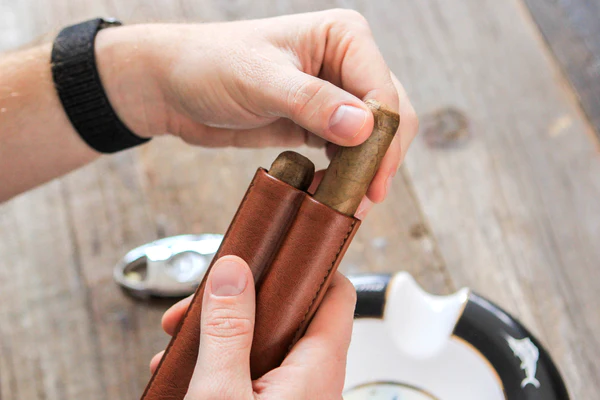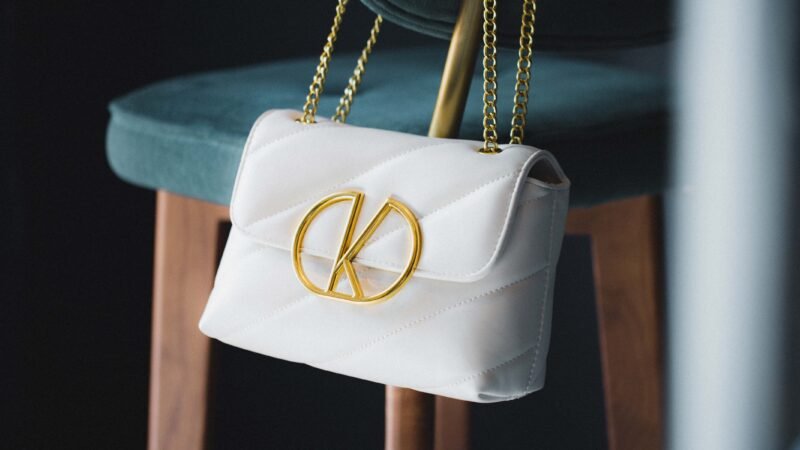Mats are typically the smallest of the three types, although there are some extremely large mats available. Floor mats are designed to perform a specific function depending on the application; however, most commonly, they are intended to clean the soles of shoes worn by pedestrian traffic and to increase traction on the ground.
In plating and fabrication shops, as well as in other applications, duckboards (a type of wooden mat) are used to provide dry footing in wet or dirty environments. In addition, wood mats are used in saunas, steam rooms, hot tubs, marinas, boat docks/boatyards, and other similar environments to keep people warm and comfortable. Types of Mats
Wooden mats and runners can be rigid or flexible depending on their construction. Rigid wooden mats (also known as duckboards) should be constructed in sections that can be easily handled by a single worker. Ideally, they should be constructed of long-grained hardwood that has been chemically treated to prevent rotting and warping. A rigid mat is fastened to crosspieces with nails, bolts, or wood screws to keep it in place.
The flexible wood mats are joined together with stainless steel rope, nylon rope, rust-resistant springs, or other oil- and water-resistant connectors that allow the mat to be rolled up when not in use.
Wooden mats are placed on top of floors in areas that are frequently wet and slippery. In foodservice kitchens, shower rooms, food processing plants, and a variety of other manufacturing facilities, these kinds of conditions are common. Mats used in these types of environments should be constructed in such a way that water, oil, and other slippery substances can drain through openings rather than accumulate on the top surfaces.
Wooden mats are lightweight and can be easily lifted or moved to allow for thorough cleaning of both the floor and the mat. The regular cleaning and sanitization of wooden mats in wet environments is critical to prevent the growth of fungus, which can make the surface slippery and dangerous. The mat’s long-lasting construction allows for frequent and thorough cleaning of the mat itself. Abrasive tapes or coatings can be applied to the slats to create a rough surface that is less susceptible to becoming slippery when fat is spilled on it. Mats made of rubber
Rubber mats and runners are useful in situations where water resistance rather than oil resistance is required. Entrances, passageways, and hallways of office buildings, factories, hotels, restaurants, department stores, and supermarkets are all places where you’ll see them installed. Swimming pool locker rooms, as well as areas around them, benefit from the use of rubber mats and runners. Rubber mats are commonly used in situations where electrical isolation is required.
Rubber mats are available in a wide range of patterns and thicknesses. Corrugations or ribs running lengthwise, crosswise, or diagonally can be found in patterns of all kinds. Additionally, basketweave effects, raised knobs, perforations, and simulated carpet textures can be added to the furniture.
Rubber mats are also available in two different construction styles: open-link and tight-link (no opening). Some link mats are reversible, allowing for the use of both slip-resistant surfaces on the same mat. Perforations or open spaces on the mat surface help to prevent dirt and debris from accumulating on the mat surface, while shoe heels are less likely to become entangled in tight link mats. Traveling in a shopping cart for extended periods over rubber mats with open or tight links causes the wire linkage to bend, resulting in the mat warping and buckling. Check the condition of mats that are used in these areas regularly.
At ultimate mats, we provide a comprehensive selection of Logo mats to meet the specific branding requirements of our customers.
Rubber mats with a cushioned inner core combine a relatively tough wearing surface with a soft, sponge-rubber inner core design that helps to prevent fatigue. 30 The edges are beveled to reduce the risk of tripping. Cushioned mats may not be the best choice in areas where people walking on these mats wear thin or high-heeled footwear, as these mats may cause injury.
Mats made of vinyl and neoprene
Slip-resistant and resilient surfaces are provided by mats made of vinyl, neoprene, or a similar synthetic material. These surfaces are resistant to a variety of chemicals, liquids, and extreme temperatures. These mats are recommended for use in front of machinery, as well as in chemical laboratories, manufacturing facilities, and kitchens, among other places. The construction of these mats is similar to that of rubber floor mats.





Recent Comments